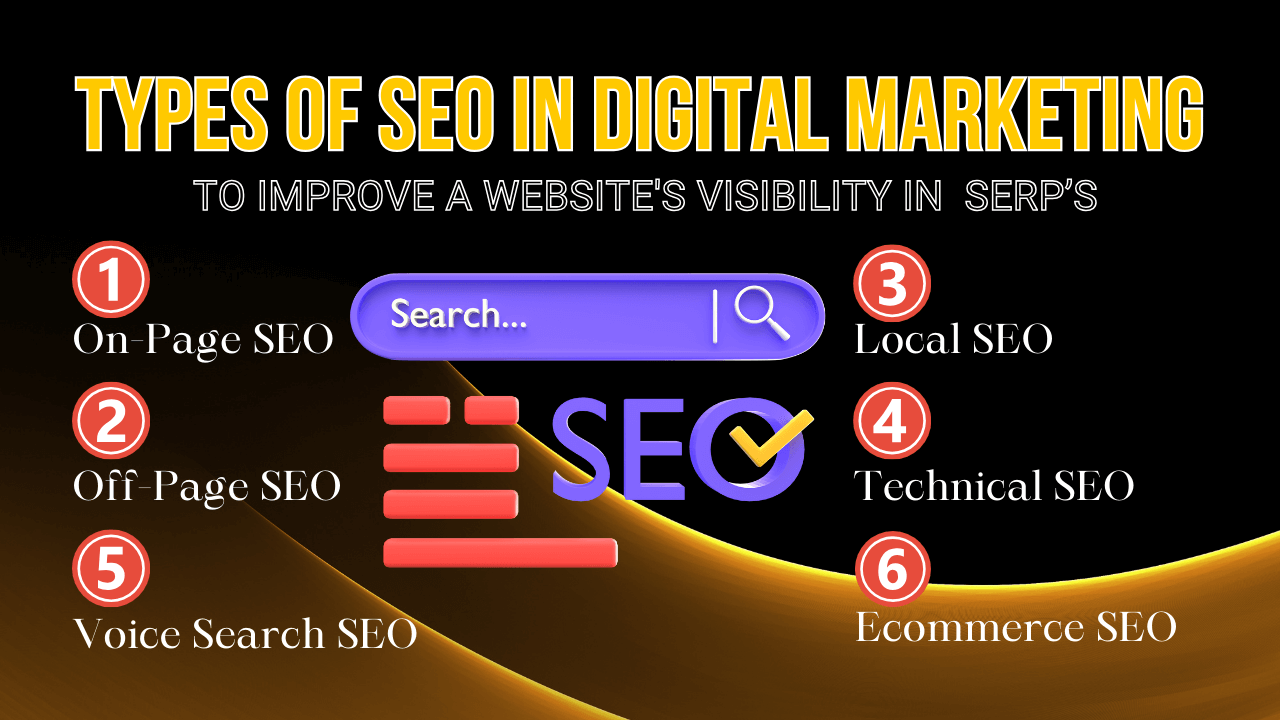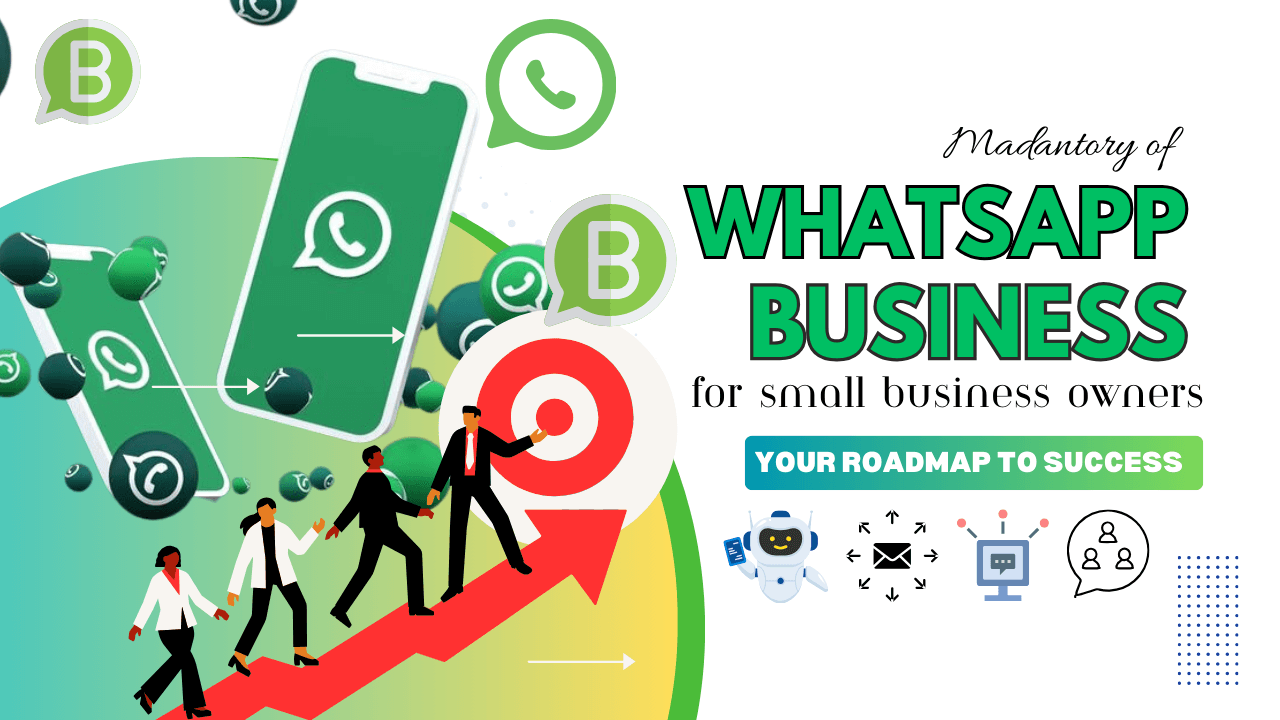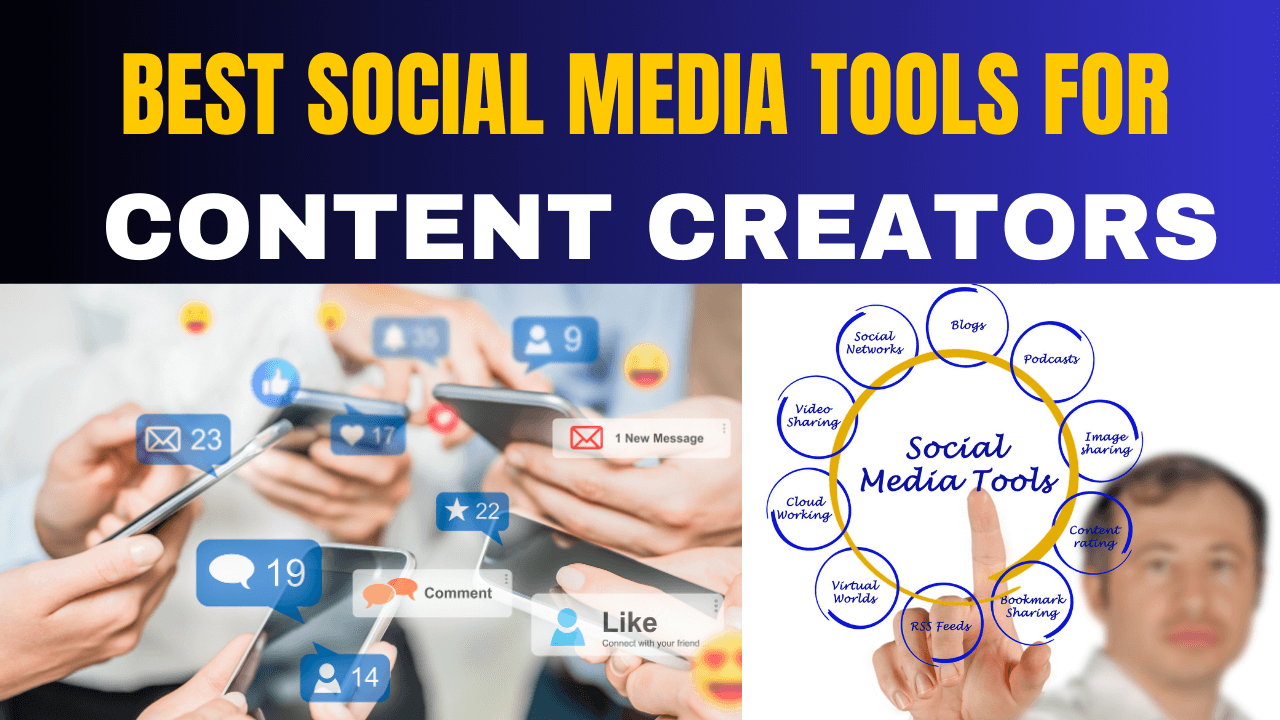Top 10 AI Marketing Apps & Benefits – Power of Artificial Intelligence
2 years agoHow to Tackle 8 Challenges Every Small Business Faces 2022
4 years ago -

Growing small businesses face lots of challenges. As a business grows, different problems and opportunities demand different solutions – what worked a year ago might now be not the best approach. To tackle the challenges that every small business faces, you have to know what they are.
Scaling a brand across the globe brings not only a multiplication of earnings but also unpredictable challenges: hands-on tips for addressing the most major. In the first few years of business, small companies come up against a lot of different challenges. Some are harder than others to overcome — and, according to the U.S. Bureau of Labor Statistics, about 20% of small businesses fail by the end of their first year. By the end of their fifth year, 50% goes under; and by the tenth year, that number rises to 80%.
KEY TAKEAWAYS
- A small business should not allow itself to become dependent on a single client.
- Having professional help with money management frees up a small business owner to focus on operating concerns.
- It’s essential to find the right balance between working long hours and business success.
- A small business owner should not create a situation where the business could not continue in their absence.
- Starting a small business may be different than simply working as a freelancer.
8 Challenges that every Small Business Faces
- Client Dependence
- Money Management
- Replace old strategies with new ones
- Listen to your gut when it comes to people
- Make frugality a company value
- Be willing to abandon what doesn’t work
- Balancing Quality and Growth
- Bonus
Client Dependence
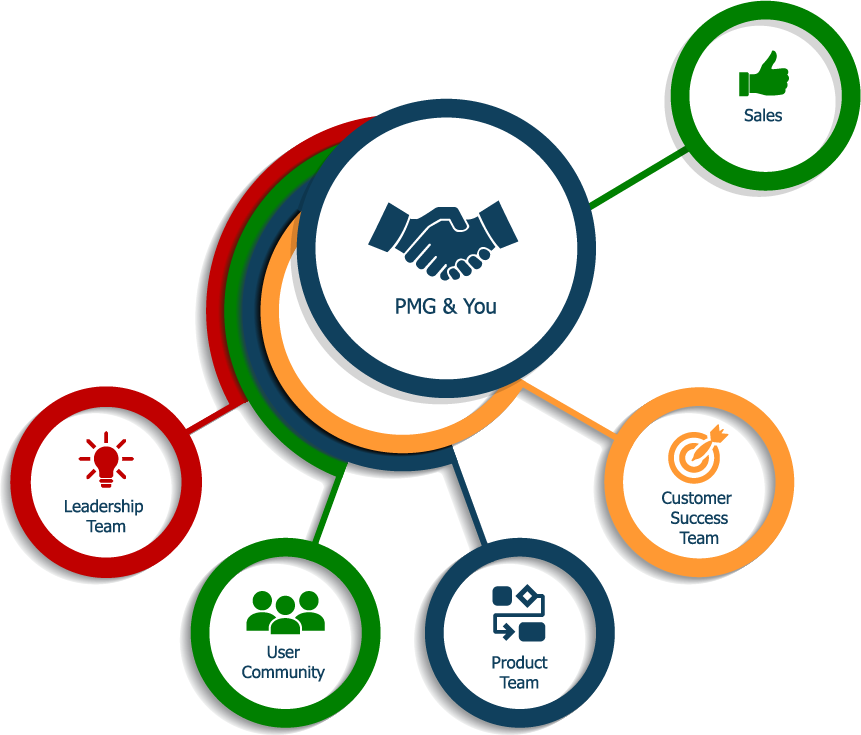
If a single client makes up more than half of your income, you are a more independent contractor than a business owner. Diversifying your client base is vital to growing a business, but it can be difficult, especially when the client in question pays well and is on time. Having a client willing to pay on time for a product or service is a godsend for many small businesses.
Unfortunately, this can result in a longer-term handicap because, even if you have employees and so on, you may still be acting as a subcontractor for a more significant business. This arrangement allows the client to avoid the risks of adding payroll in an area where the work may dry up at any time, and all of that risk is transferred from the larger company to you and your employees. This arrangement can work if your main client has a consistent need for your product or service.
Money Management

Having enough cash to cover the bills is a must for any business, but it is also necessary for every individual. Whether your business or your life, one will likely emerge as a capital drain that puts pressure on the other. To avoid this problem, small business owners must either be heavily capitalized or pick up extra income to shore up cash reserves when needed. This is why many small businesses start with the founders working a job and building a business simultaneously. While this split focus can make it challenging to grow a business, running out of cash makes growing a business impossible.
Money management becomes even more important when cash is flowing into the business. Although handling business accounting and taxes may be within the capabilities of most business owners, professional help is usually a good idea. The complexity of a company’s books increases with each client and employee, so getting assistance with the bookkeeping can prevent it from becoming a reason not to expand.
Replace old strategies with new ones

Some obstacles are the result of our ingrained habits—clinging to outdated modes and ways of doing business because it’s what we know best. One such example is relying on outbound marketing tactics without considering the value of inbound marketing strategies. Inbound marketing is the brainchild of HubSpot. It means attracting customers through a variety of avenues such as blogs, podcasts, videos, social media marketing, and many other forms of content marketing. It is the antecedent of outbound marketing, which includes strategies such as cold calling, direct email marketing and spam, to name a few.
This humorous HubSpot video illustrates the difference between the two modes of marketing. Don’t fall behind the times. Embrace social media, create valuable content that you can share freely and hire a professional to help you optimize your website.
Listen to your gut when it comes to people
We all have a built-in radar that tells us when we are about to make a mistake involving people. But we often choose not to heed that signal. Research shows that one in four startups fail. One of the major causes is managerial incompetence.
Choosing the right people, especially the right co-founder, is crucial. Some entrepreneurs end up picking a co-founder based on friendship, on having been like-minded buddies working together in the past. In the excitement of starting a new venture, you may ignore the feeling in your gut that tells you the person you are about to pick does not have the managerial competence for this next step. They may lack execution skills, or they may be weak in strategic thinking. Instead of bolstering your weaknesses, they compound them. Don’t let this be an obstacle to your success.
Make frugality a company value
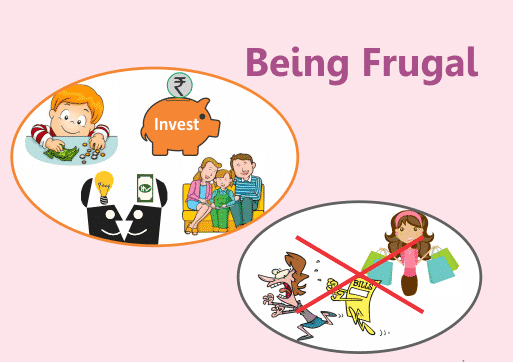
“Living too high for the business” is another cause for failure cited in research. That’s one obstacle you can easily avoid. It’s not uncommon to witness a startup that gets some funding and begins to spend like a Fortune 500 company. Euphoria and the thrill of the win replace common sense. We all recall the famous 1993 “Shrimp and Weenies” memo sent to all Microsoft employees asking them to be frugal with company money—to order weenies, for example, not shrimp when the company pays the bill. It asked employees to think of Microsoft as “the biggest small company in the world.” Keeping the small company mentality is good advice, not only for startups but for any company.
Be willing to abandon what doesn’t work
Some products or services you include in the business might not work. We tend to fall in love with our own products and services and find it hard to let something go. It’s almost as if we develop blinders that prevent us from seeing what is very clear to outsiders, but not to us. If you’re going to play the game, you need to know when to fold the cards. As Gary Hamel put it in What Matters Now: How to Win in a World of Relentless Change, Ferocious Competition, and Unstoppable Innovation, “There’s a simple, but an off-neglected lesson. To sustain success, you have to be willing to abandon things that are no longer successful.”
Evaluate what doesn’t work and have the courage to walk away from it before it becomes a major obstacle. The energy you will have released from letting it go will increase your concentration on what works—it will allow you to apply the intensity of a laser focus on the right target.
Balancing Quality and Growth
Even when a business is not founder-dependent, there comes a time when the issues from growth seem to match or even outweigh the benefits. Whether a service or a product, at some point, a business must sacrifice to scale up. This may mean not being able to personally manage every client relationship or not inspecting every widget.
Unfortunately, it is usually that level of personal engagement and attention to detail that makes a business successful. Therefore, many small business owners find themselves tied to these habits to the detriment of their development. There is a large middle ground between shoddy work and an unhealthy obsession with quality; it is up to the business owner to navigate its processes toward a compromise that allows growth without hurting the brand.
Bonus
- Finding Customers
This first one isn’t just a small business problem. The marketers at well-known companies like Apple, Toyota, and McDonald’s don’t just sit around waiting for the leads to come in — even the biggest, most successful companies have people working hard every single day to find new customers.
But, for small businesses, the challenge is even more significant. How can you find customers when you’re not a household name? And, there are so many channels to focus on for acquisition, but how do you know what to prioritize?
In addition, acquisition costs are incredibly high, and small businesses may not have the same spending power as larger, more established businesses. In fact, the cost of acquiring new customers has increased almost 60% over the past six years. If this is something you’re struggling with, you’re not alone: 49% of companies report that customer acquisition is their primary marketing objective.
Solution: Finding customers starts with figuring out who your ideal customer is. Spraying and praying doesn’t work for anybody — you need to make sure you’re spreading the word to the right people.
Craft an idea of what your target customers look like, what they do, and where they spend time online by building your buyer personas. This free guide will walk you through the process and provide customizable templates to fill out and create representations of your ideal customers.
Creating very specific templates can dramatically improve your business results. Once you’ve built your personas, you can begin creating content that caters specifically to your target demographic and shares it in the channels you know they’re in, with the messages you know they care about.
- Increasing Brand Awareness
As a small brand, it can sometimes seem like today’s biggest names seemed to have popped up out of nowhere. How did they become a household name? How did they grow that quickly? Can your business grow like that, too?
Of course, most of these companies’ hard work, failures, and rejections happened behind the scenes. But, there are strategies for spreading the word about your brand and building an excellent reputation that you can start using right away.
Solution: There are many ways to spread brand awareness, but the three I’ll touch on here are PR, co-marketing, and blogging.
- PR: Public relations is less about paying for a spot in a news blog and more about focusing your voice and finding your place in the market. I recommend reading this great post from FirstRound Capital on what startups and small businesses often get wrong about PR. The piece also includes some tactical tips on how to figure out who’s covering your industry, build relationships, and work with reporters. You can also download our free public relations kit to learn how to maximize your public relations efforts with inbound marketing and social media.
- Co-marketing: Partnering with another brand will help you inherit some of their image and reputation and create brand evangelists outside your circle. It’s a fantastic way to gain a large volume of new contacts alongside your organic marketing efforts. You can read our ebook on how to get started with co-marketing for more helpful information.
- Blogging: Running a consistent, high-quality blog will also help you build brand awareness. Not only does a blog help drive traffic to your website and convert that traffic into leads, but it also enables you to establish authority in your industry and trust among your prospects. It’ll also help you build an email list, which brings us to our next point…
- Lead Generation
Another problem most small businesses share is lead generation — specifically, generating enough leads to keep the sales team happy. Marketers also report that this is a top priority, but, at the same time, 58% also indicate that lead generation is a key challenge that business leaders face.
Solution: To make the lead generation process work for your business, you need to first optimize your existing website for conversions. Your website is the most essential tool you have for turning prospects into customers. Look through your website and ask yourself:
- Do each of your web pages clearly guide visitors to take action, or do they leave them wondering what to do next?
- Do you use a tool that automatically pulls the submissions from your forms and puts them into your contact database, like HubSpot’s free lead generation tool?
- Are you creating custom landing pages for every single campaign that you run?
- Do you have lead generation CTAs on each of your blog posts? (Do you have a blog at all?)
Prioritize the most popular pages on your website first. Most businesses have a few specific pages that bring in most of their traffic — often the homepage, “About” page, “Contact Us” page, and maybe one or two of your most popular blog posts. This blog post will help you figure out which pages to prioritize and how to optimize them.
Then, implement conversion tools such as:
- Pop-ups
- Hello bars
- Slide-ins
Finally, be sure to take advantage of free lead management software and apps for startups. Affording marketing, in general, is a big challenge in and of itself, so finding and implementing the most robust free marketing tools can be a game-changer.
- Managing Workflow
Once you have the people to make the magic happen, the next challenge is managing workflow. You want to ensure that your team has the processes and tools to do good work and do it efficiently.
Solution: The best way to diagnose the roadblocks your team faces and increase efficiency is by creating ways for them to provide feedback. You can do this through:
- Employee satisfaction surveys
- Frequent one-on-one meetings with direct reports
- Ensuring your direct reports implement one-on-one meetings with their direct reports
- Occasional skip-level meetings
- Asking about threats to the business and the issues that give them the most “pain” in their roles
- Finding the commonalities in the feedback you receive and the bottlenecks
Understanding how your employees feel and any roadblocks they may face will help you identify areas that would benefit from automation. As mentioned above, implementing time-saving strategies can be a significant benefit to improving performance and achieving overall business success.
- Scaling
“There’s this mix of building scalability early, versus doing what you have to do to get it all done,” according to Nick Rellas, co-founder and CEO of Drizly.
This is a tricky one, especially since every situation is different. You’ll see this problem arise in all areas of business: product development, marketing and content creation, hiring, and so on.
For example, many business executives will push growth at all costs. But if you grow your company too quickly, you’ll find yourself having to hire quickly, which directly feeds into the small business challenge of finding and hiring top-quality talent.
Solutions: Unfortunately, there’s no perfect answer here. “Depending on where you are in your business’ lifecycle,” says Rellas, “the scale will tip one way or the other, but I do think you need both at different times.”
What it comes down to is not obsessing over every detail but the right details. Closely monitoring product perfection, for example, might not be as important as doing so over customer service. It’s better to put your fears aside and launch a product that isn’t perfect because you can always update and improve it. After all, once your products are in the hands of your customers, you can learn much more quickly what’s working and what isn’t.
Related Articles:
How to Use Google Trends for Keyword Research: 100% Free SEO tool
The future of AI in Digital Marketing
Things about “How to Advertise on Facebook?” I wish I’d Known Before
How To Turn Your DIGITAL MARKETING STRATEGIES?
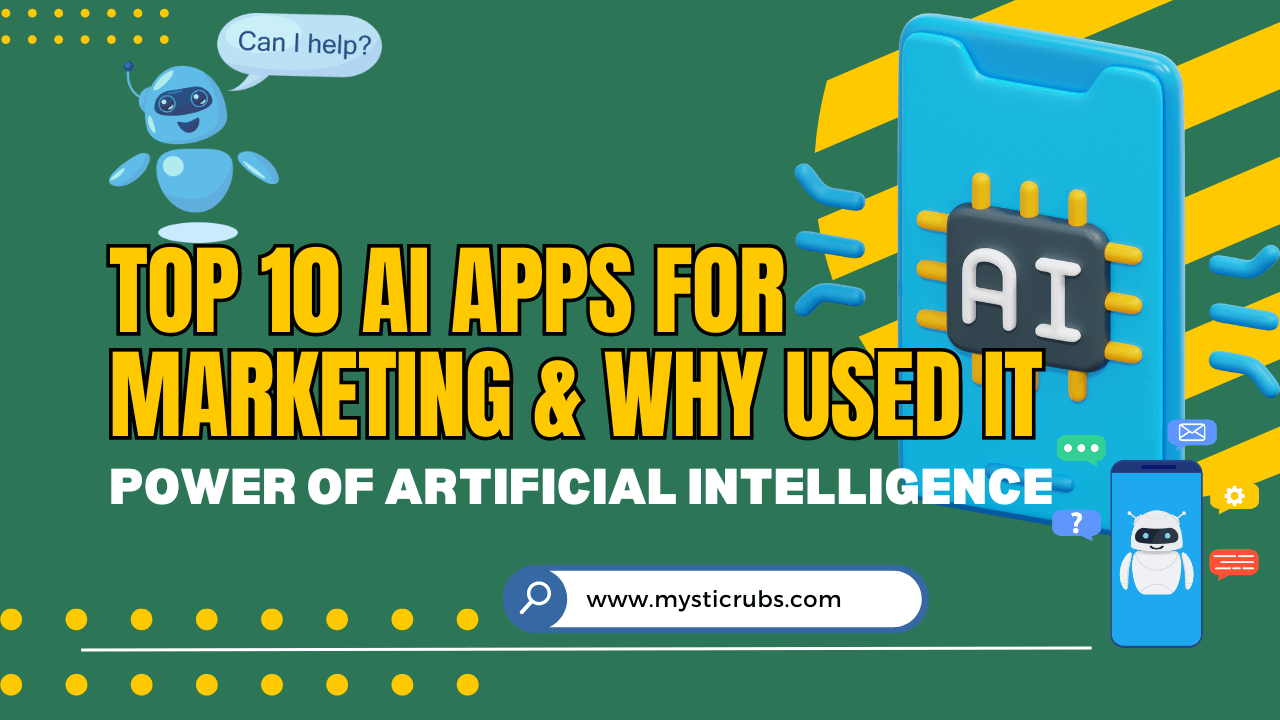
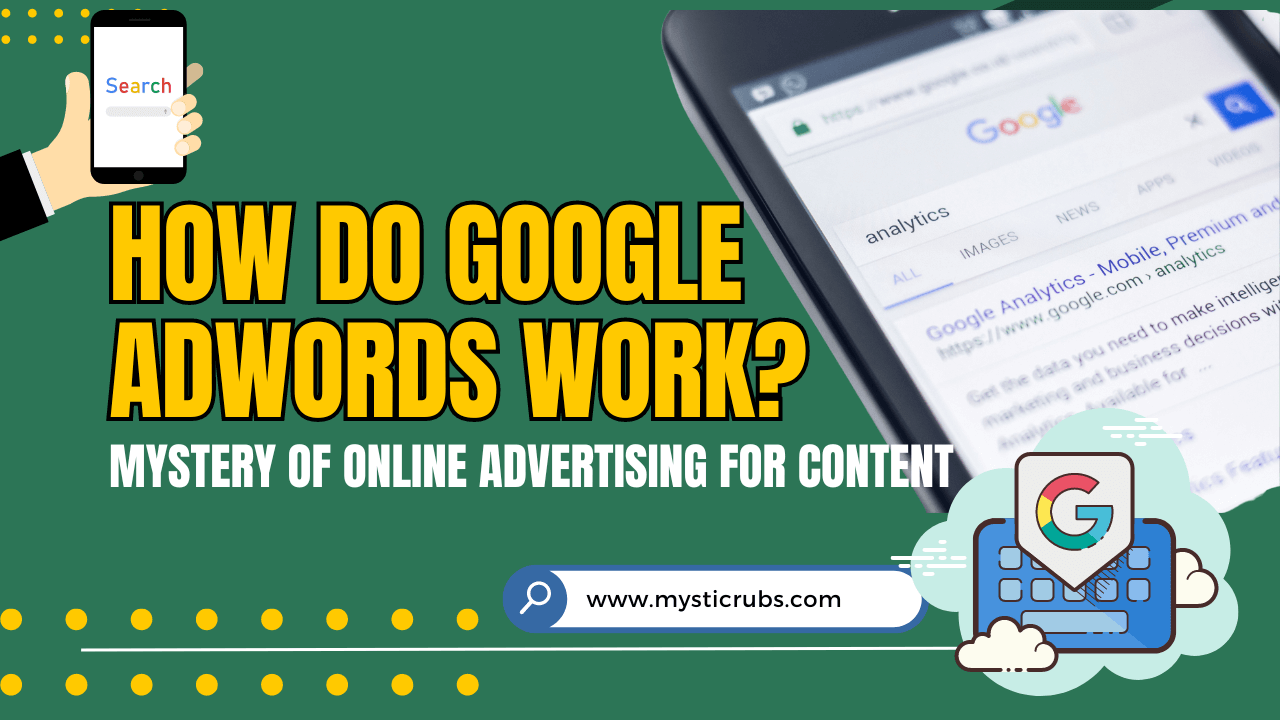

![[2025 Updated] Top 10 Digital Marketing Agencies in Nepal Ranked!](https://mysticrubs.com/wp-content/uploads/2022/05/top-10-digital-marketing-company-in-nepal.png)
